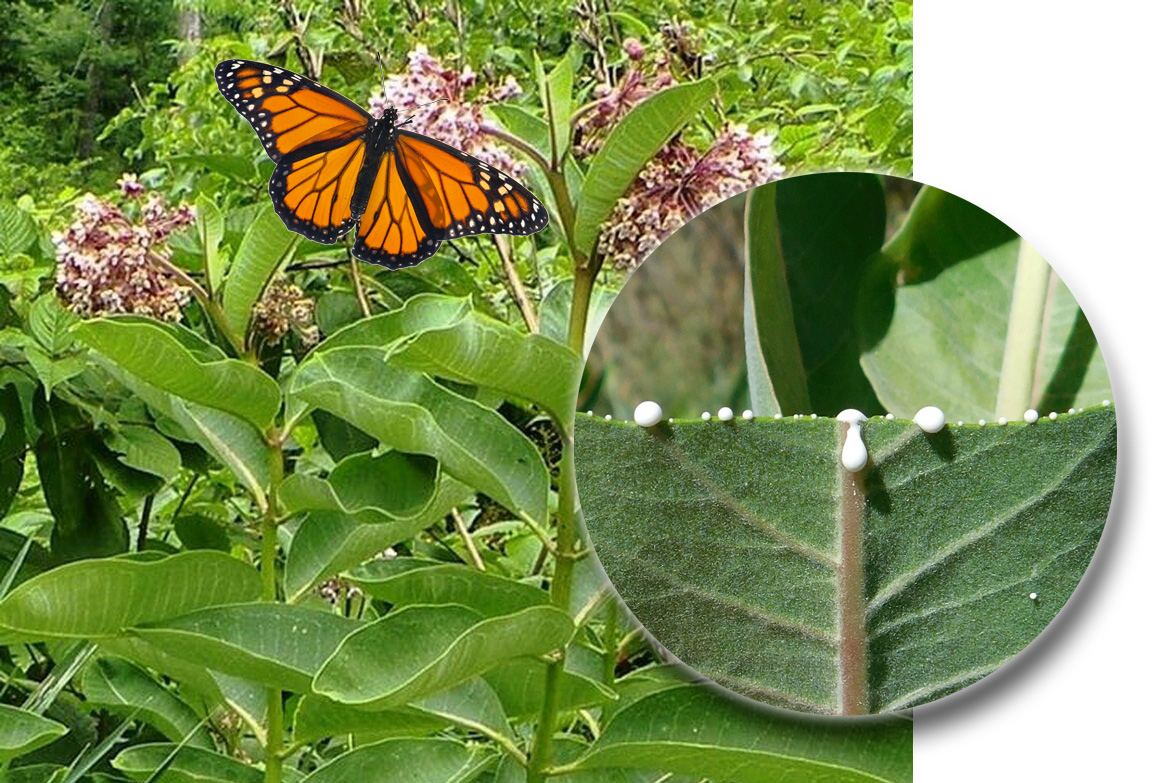
Milkweed Corneal Toxicity
Plants in the Asclepias family, commonly known as “milkweed,” are common wildflowers popular in gardens because of their ability to attract Monarch butterflies. Milkweed sap contains high levels of cardenolides, which are cardiac glycosides akin to digitalis (prescribed as digoxin). Digitalis toxicity from excess levels of digoxin in the body will cause visual changes primarily from a toxic effect on the retina. In contrast, milkweed corneal toxicity occurs when milkweed sap directly contacts the eye. Patients will notice redness and irritation of the eye(s) shortly after exposure. Within one to two days, the cornea begins to swell and cloud over, blurring the vision. Depending on the severity, the vision may totally fog over and the corneal surface may breakdown, causing significant pain. If recognized early, initial treatment is to irrigate the eye to remove the sap. Steroid drops are given to lessen the swelling and inflammation, and generally the vision and eye return to normal within days.
When near milkweed plants, wear gloves and avoid touching around your eyes. If you do contact milkweed sap into your eyes, immediately wash the eyes with warm water and see your eye doctor if you experience any pain or irritation.

Recent Comments